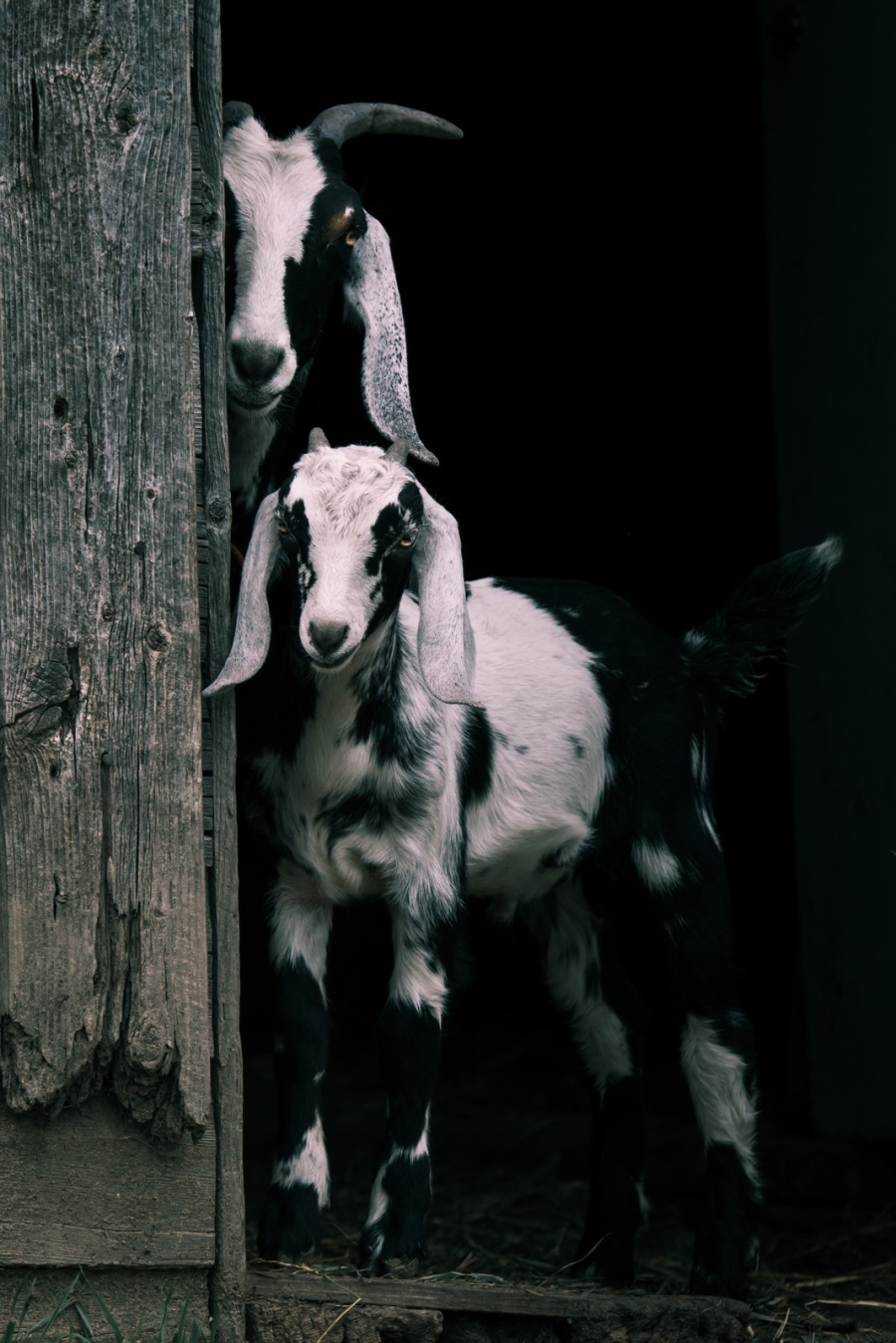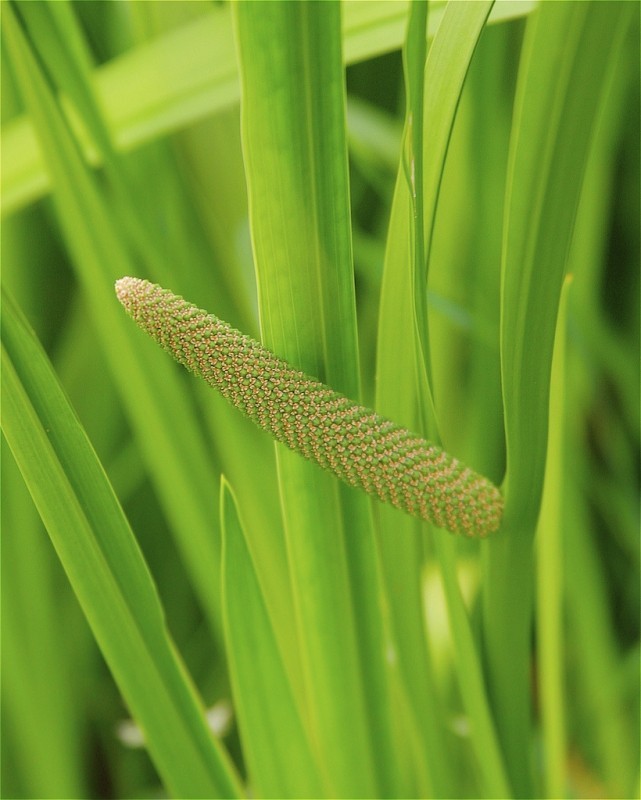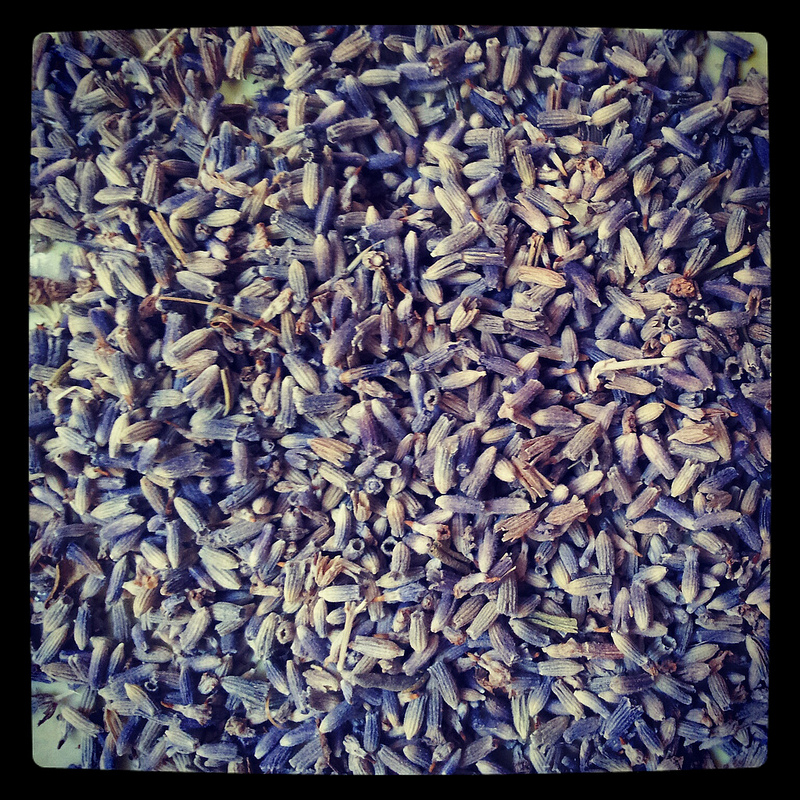After a month of having a poorly rabbit living in the bathroom I have got used to constantly clearing up a trail of straw and hay that seems to find its way around the rest of the house…. In days gone by that would have been perfectly normal in this old place; in fact, the floors would have been totally covered with the stuff….
When we first took possession of this cottage, one of our first jobs was to take up the brick floors of the bathroom and what is now the dining room. The brick was prone to drawing up moisture and so constant damp floors were an issue. That said, even that – in its time – must have been an improvement on what was there before….plain, simple compacted mud. Yes, we often joke about living in a place with mud floors, this old cottage had literally just that….
The kitchen has old Victorian flagstones (unfortunately they are un-aesthetically pleasing – so now provide a base for wooden laminate flooring) but this floor too would once have been plain mud….
Grander abodes may have had stone floors – but mud or stone, neither offered much in the way of home comfort when left bare…. So, to overcome this, the floors would have been covered with reeds, rushes or straw. This made a soft ‘carpet-like’ covering, providing a little warmth and helping with cleanliness by soaking up spillages (and worse)….as in days gone by it wasn’t unusual for the inhabitants to share their dwelling with their most valuable assets….their livestock. Of course, cows, sheep, goats, pigs and chickens are difficult to house train….

As if the smell of ‘eau de goat’ constantly lingering in the air wasn’t bad enough – the people probably didn’t smell much better either, as folk did not tend to bath much in the Middle Ages….
Then there were the other uninvited household inhabitants to be considered; rats, mice and other scampering rodents….and with these creatures came fleas, lice and ticks; the straw covering the floors and providing the stuffing for mattresses….an absolute haven for them….
Some households may have replaced the straw or reeds on a fairly frequent basis but the majority would have only changed them a couple of times a year, some may have not bothered at all…. Quite possibly a new layer would just have been added as required, the bottom, rotting layers staying in place for years….
In a previous blog I talked about how nose gays were used by people to overcome unpleasant odours – that was not the only way powerful smelling herbs were used to mask rancid, disagreeable whiffs….
All areas of the home, kitchens, dining halls, sleeping areas would have had herbs strewn amongst the floor covering. They would have been put amongst the straw of bedding and scattered across tabletops….any where they could release their sweet aromas….
When scattered on the floor the herbs would be crushed underfoot when walked upon; some herbs were chosen for their scent, others because they acted as a deterrent to insects, such as fleas….
The best strewing herbs according to Thomas Tusser’s “Five Hundred Good Points of Husbandry” (1573) were:- Bassel (basil), Bawlme (lemon balm), Camamel (chamomile), Costemary (costmary), Cowsleps and Paggles (cowslips), Daisies of all sorts, Sweet Fennel, Germander, Hysop (hyssop), Lavender, Lavender Spike, Lavender Cotton (santolina), Marjoram, Mawdelin, Penny Ryall (pennyroyal), Roses of all kinds, Red Myntes, Sage, Tansy, Violets and Winter Savery….




Many other herbs may have been included; mint, thyme, rosemary, meadowsweet, wormwood, rue, sweet woodruff…. Pennyroyal was used particularly as a flea or tick repellent and meadowsweet was a fond favourite of Queen Elizabeth I…. Part of the purpose of the Mediaeval and Elizabethan garden was to grow herbs for strewing….
Of course, it wasn’t just private abodes that had mud or stone floors, just about all buildings did, including churches. Church pews did not arrive until the 1400s; in fact, our very own church, St. Mary and All Saints, here in Dunsfold, is reputed to have the very first pews in the Country. Before seating was available those attending Services had to stand, kneeling when required to pray…. Only the rich could afford cushions, so it is not hard to imagine the discomfort such floors caused to the knees….
Once again the floors would have been strewn with rushes and herbs….making things a little more comfortable and at the same time disguising nasty odours from the unwashed bodies of the congregation packing the church, or perhaps those of the deceased buried under the church floor…!
Each year, typically in the late summer, the old, rotten rushes were cleared out ready to be replaced. It didn’t take long for the process to become an annual Parish event…. It became an excuse for villages across the Land to celebrate and party when the church’s rushes were replaced; a celebration with revelry, feasting, drinking and Morris dancing….
The rushes were taken to the church in carts, in what was to evolve into Rush Bearing Processions. The rush-cart would be decorated with garlands of flowers (which were then used to decorate the inside of the church) and often silver plate items, borrowed from those in the community fortunate enough to own some….and then the cart would have been pulled along by a team of men….


The processions became competitive, with each village trying to ‘out-do’ the next…. Competition was intense, to who had the biggest and best cart…. Possibly due to the large quantities of ale consumed, sometimes brawls broke out between opposing teams…. It was not unusual for church ministers to refuse entry into their churches of rowdy rush-bearers….
Sweet flag, a strongly aromatic perennial plant, was introduced to Britain during the 1500s and became the centre-piece of rush-bearing ceremonies. A versatile material, with medicinal and culinary uses, it was also used on some English cottages as thatching….

Each church tended to allocate one day in the calendar for the ceremony. By the 16th Century, the bells were rung and ale, wine and cake were provided for the rush-bearers. Each church has a patron saint allocated to it at the time of consecration; an annual feast (wake) was held on the nearest Sunday to the official feast day of the allocated saint. By the 18th Century the rush-bearing ceremony usually formed part of the church’s feast day….
Rush strewing in churches died out in the early 1800s, as floors became flag-stoned…. Records show that one of the last was the church in Saddleworth, North Yorkshire, its floors were covered until 1826. Nowadays, certain areas, mainly confined to the North West areas of Cheshire and Lancashire, (although a small part of West Yorkshire participates too), have revived the tradition. Processions attract large crowds of spectators; the carts are highly decorated, with teams of men pulling them, whilst the ladies ride on top…. Who knows, perhaps it will become a celebration which spreads to the rest of the Country….let’s face it, nothing’s changed in that respect….any excuse to party….


The tradition of the little girl at a wedding, preceding the bride with a basket of petals and herbs comes from herb strewing…. Herbal weddings are becoming increasingly popular. Very often newly wed couples are showered with natural confetti, either fresh or dried. Many people like to make their own, maybe blending certain flowers and herbs to convey a personal message, they may incorporate: lavender – for luck and devotion, rose petals – for love, marjoram – for joy and happiness, chamomile – for patience and sage – to wish a long life….


To gather herbs for strewing in the home, they need to be picked in dry weather and it is best to hang them upside down in bunches to dry….

To make a herb powder for use in the home:
1 cup borax : 1/2 cup salt : 1/2 cup powdered mint : 1/2 cup powdered rosemary : 1/2 cup powdered mug wort : 1/2 cup dried lavender
Herbs can be ground in a coffee grinder or spice mill (kept solely for the purpose) to make powder
Mix dry ingredients together – add 12 drops of essential oil of choice…. Sprinkle on rugs and carpets; leave overnight and vacuum in the morning….
Another easy tip: sprinkle lavender under rugs and doormats, to keep rooms smelling sweet – the scent is released when the lavender is crushed when the rug/mat is walked upon….
Happy strewing….




I learn so much from your blog, it’s unbelievable! I’m off to gather herbs for strewing as soon as I’ve finished my other chores x
LikeLiked by 1 person
Ha ha! I think I may be doing the same – I can’t believe how pongy it can get having a rabbit living indoors!! x
LikeLiked by 1 person
Wow that was unusual. I just wrote an extremely long comment but after I clicked submit my comment didn’t appear. Grrrr… well I’m not writing all that over again. Anyways, just wanted to say excellent blog!
LikeLike
Thank you…
LikeLike
Very good info. Lucky me I discovered your website by accident (stumbleupon). I’ve book marked it for later!
LikeLike